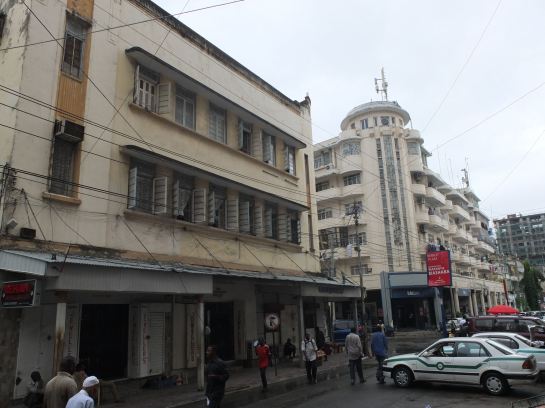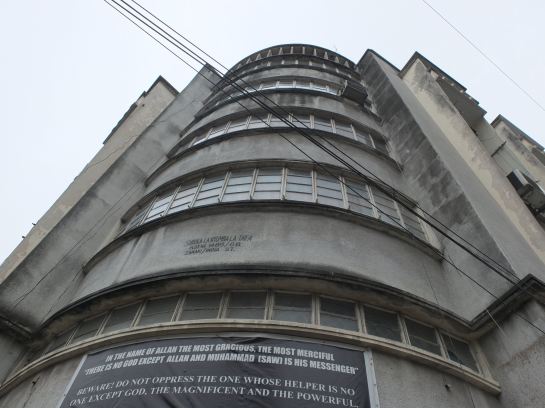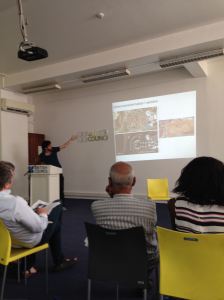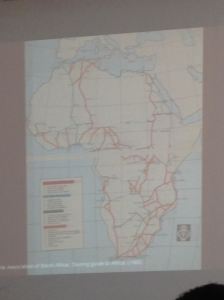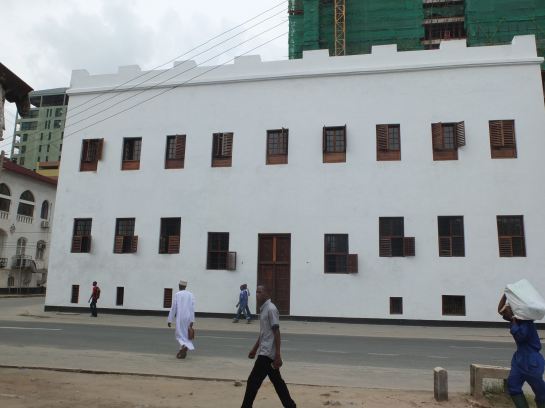Are the pleas to save Delhi’s iconic Pragati Maidan falling on deaf ears?
The pleas against the “mindless destruction” have been met with deaf ears.
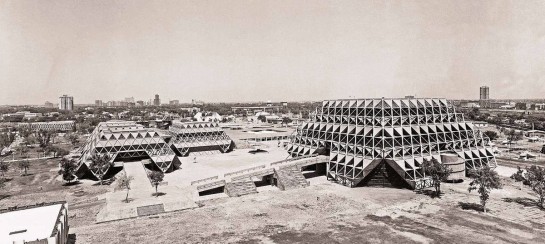
Last year, architect and planner Arun Rewal started a petition on Change.org to appeal to Prime Minister Narendra Modi to save three iconic buildings in Delhi’s Pragati Maidan from demolition. The Hall of Nations, Hall of Industries and Nehru Pavilion, the petition says, are acknowledged the world over as “icons of modernity”. To raze them would be to destroy a part of our heritage.
The Indian Institute of Architects made a similar plea around the same time. “We have learnt that some of the iconic structures… which stood testimony to the nation’s prowess in structural engineering and architecture… are being demolished,” the national body of architects said in a letter to the Indian government. It beseeched against the razing of the structures.
By all signs, the entreaties have swayed nobody.
It was in November 2015 that the demolition of the exhibition halls at Pragati Maidan, under a redevelopment project proposed by Commerce Ministry’s India Trade Promotion Organisation, was confirmed. In their stead, the government plans to construct a state-of-the-art convention centre, a hotel and a parking lot – much to the horror of Indian architects.
In a written reply to the Lok Sabha in 2015, Commerce and Industry Minister Nirmala Sitharaman said, “As per preliminary details of phase-I, it is proposed to develop 100,000 sq. m. of exhibition space and a 7,000 seater convention centre along with support facilities and parking space for 4,800 passenger cars. Other details, such as funding and schedule of completion, are yet to be firmed up.”
The threatened buildings were constructed between 1969 and 1972, the year independent India turned 25. Designed by architect Raj Rewal, Arun Rewal’s uncle, and engineer Mahendra Raj, the three structures were held up as symbols of a progressive India and they have gained iconicity for their modern architecture.
Anyone who has grown up in the national capital knows them intimately. Most Delhiites have visited the buildings during one fair or another at Pragati Maidan, be it a book fair, auto expo (before it shifted to Noida) or trade fair. Just walking through the zig-zag, fenced path leading up to Pragati Maidan’s ticket counter, dragging a tote bag (or four) for books, is enough to inspire nostalgia in many.
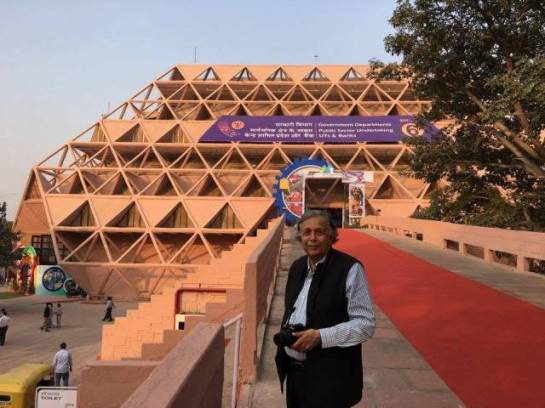
Raj Rewal in front of the Hall of Nations
The Hall of Nations was designed by Raj Rewal in the traditional jali (mesh) form to serve as a sun breaker. As architect Malini Kochupillai wrote, the buildings “had an effective system of environmental control, thanks to the three-dimensional structure, with solid triangular panels at regular intervals providing sunscreens – a modern equivalent of the traditional jali ubiquitous in Indian architecture ” . The modernist icons were built despite the constraints of time and material.
Raj Rewal was awarded the French Knight of the Legion of Honour, the highest civilian distinction, in March for his outstanding service to the country. It is ironic that the award comes at a time when his best-known creation in India is about to be pulled down.
“It is not just me who wants these buildings left up,” said Raj Rewal. “The entire architectural profession thinks it is an important part of New Delhi and that it will be in everyone’s best interest if these are not demolished. It has been showcased all over the world in exhibitions as a model for 20th century architecture. These need to survive. They are a reflection of what India was in the 1970s. Destroying them would be like destroying any historic building.”
When various bodies representing art and architecture in India and around the world – the Indian Institute of Architects, the Centre national d’art et de culture Georges Pompidou in Paris, and New York’s Museum of Modern Art – got to know about the demolition proposal, they wrote letters to Sitharaman, asking that the architectural sites be preserved.
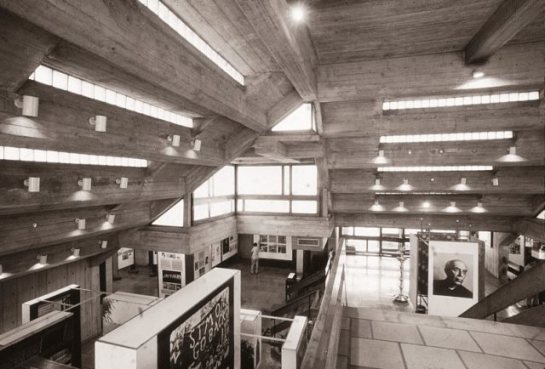
The Nehru Pavilion
“The Hall of Nations is known in Europe as in United States as the first large-scale spatial structure in concrete in the world,” writes MoMA in its letter. “Built in a time of great optimism for the future, both structures were seminal in forging a new, modern identity for Indian society and architecture. They are architectural masterpieces and important witnesses of an important chapter of Indian history.”
In another letter, Aurelien Lemonier of Centre Pompidou, which houses the largest museum for modern art in Europe, requests the preservation and maintenance of these structures: “From our understanding, the Hall of Nations and the Nehru Pavilion should be considered as a major heritage of the post-independence architecture and need to be preserved. We want then to express our support and our wish to contribute to the recognition of these two great pieces of architecture and their proper maintenance as part of the architectural heritage.”
There has been no response to the letters from the India Trade Promotion Organisation or from the office of Nirmala Sitharaman.
“It is a part of the city’s memory and people should care because it is a space that belongs to people,” said Arun Rewal. “The importance and potential of the building would be obvious to me even if I wasn’t an architect. The Hall of Nations is a space that can be used in a million different ways. It could be the new Jantar Mantar where the public could stage protests. It could be a new city hall of sorts. It is a little rundown but it’s nothing that can’t be fixed and definitely doesn’t warrant its demolition.”
Arun Rewal stressed that there are very few covered public spaces in Delhi where people can go, sit, and hang out. The Hall of Nations can be adapted for any of these various uses, he says.
According to historian and photographer Ram Rahman, the demolition of the Pragati Maidan structures, especially of the Nehru Pavilion, is ideological in nature. His architect father Habib Rahman is credited with several buildings built under Jawaharlal Nehru’s leadership. “It is a part of a concerted effort to demolish Nehru’s legacy and symbols of Nehru’s modern India,” said Rahman. “It is a part of India’s collective cultural heritage. When these were constructed in 1972, there was no question of the general public not knowing about its existence. The problem is that the public has never been made to think of contemporary architecture as heritage. They need to be educated in the importance of these buildings.”
Architects have noted that there is sufficient space within Pragati Maidan and around the threatened buildings, which take no more than about 3% of the 150 acres of Pragati Maidan, to accommodate new programmes and “adaptive reuses”.
“Efforts should be made to update these spaces with modern facilities and amenities rather than let weak arguments, such as ‘lack of air conditioning’, become reasons for their demolition,” said Arun Rewal. “Just because these buildings are old doesn’t mean they need to be removed. You won’t get rid of your elderly grandmother because she is taking up space, would you?”
Republished from: http://scroll.in/article/806025/are-the-pleas-to-save-pragati-maidan-falling-on-deaf-ears


